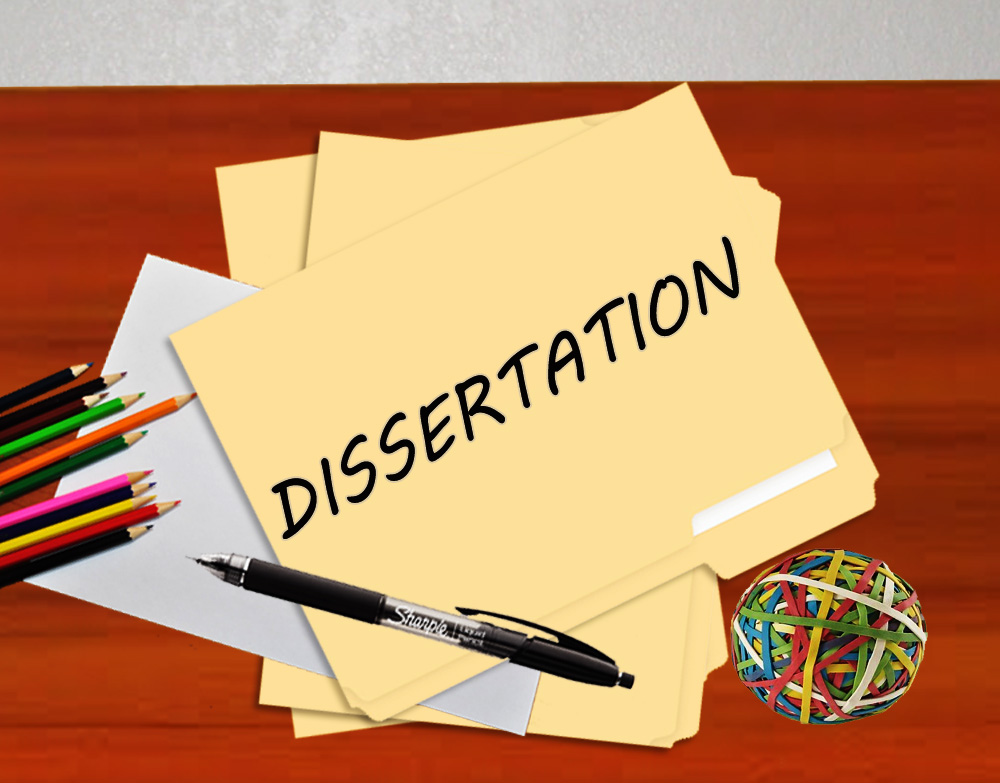How To Write A Dissertation Paper
 A dissertation is a substantial project submitted by students towards the end of their academic studies, typically as a requirement for earning an undergraduate, postgraduate, or doctoral degree. This important document serves as a culmination of one’s academic journey, demonstrating the student’s ability to conduct independent research in a specific field. The primary objective of a dissertation is to present findings in a clear, original, and meaningful way that contributes to the body of knowledge within the academic community. Unlike other academic research papers that have already been published, the student needs to make the thesis interesting. We all know that writing academic papers is not a walk in the park, but with the right guidelines, the writing process will be easier. This article has outlined a step-by-step guide on how to write and structure a great dissertation.
A dissertation is a substantial project submitted by students towards the end of their academic studies, typically as a requirement for earning an undergraduate, postgraduate, or doctoral degree. This important document serves as a culmination of one’s academic journey, demonstrating the student’s ability to conduct independent research in a specific field. The primary objective of a dissertation is to present findings in a clear, original, and meaningful way that contributes to the body of knowledge within the academic community. Unlike other academic research papers that have already been published, the student needs to make the thesis interesting. We all know that writing academic papers is not a walk in the park, but with the right guidelines, the writing process will be easier. This article has outlined a step-by-step guide on how to write and structure a great dissertation.
Why People Find It Hard to Write A Dissertation
- Since they think there is still plenty of time, students keep pushing forward the starting point of the project. When the deadline approaches, they find themselves under a lot of pressure to work on the entire project within the shortest time possible.

- Lack of proper research. Some candidates do not have enough experience writing academic papers. They do not know that one has to find relevant sources and materials, analyze them thoroughly, and discuss the results in the paper.
- Lack of writing skills. Dissertation papers need to be written with the correct format, language, and grammar. You should also follow the right referencing guidelines. However, some individuals do not follow these strict rules of writing.
Most Important Elements of A Dissertation.
- Introduction: This chapter should state the problem and give its background. Ensure everything in this part has relevance to your research and that the information is clear and engaging. The reader should be able to answer the what, why, and how questions by the end of the introduction. The following should be brought out in your introduction chapter;
- The research topic and its background information to help contextualize your project.
- A definition of the scope of the research.
- The state of existing studies on the topic and the relevance of your work to the problem.
- General and specific objectives, research questions, and how you intend to answer them.
- An overview of the thesis structure.
- Literature review: The literature review outlines the existing studies done on your topic. You need to conduct a literature review to gain in-depth knowledge of academic work that exists on your topic before you start the research. It is important to collect resources such as journal articles and books and select the most relevant ones, critically evaluate and analyze the sources, and draw connections like conflicts, themes, and gaps between them. The literature review should summarize the existing research on the topic and develop an argument that will justify the need for your research. Furthermore, it should also show how your thesis addresses a gap in the existing literature, proposes a better solution to an unresolved issue, utilizes a new methodological approach, and builds on the existing knowledge with new information.
- Methodology: This section shows readers how you did your research and allows them to assess the research’s validity. The main aim of this chapter is to convince the reader that the approach you used to answer your research questions and fulfill your objectives was the best. The methodology section should include the type of research you are doing, methods of data collection, and details of how, when, and where the research was done. Aside from that, it should also include methods you used to analyze data, tools, and materials used during the research, a discussion of the obstacles you encountered while carrying out research and how you dealt with them, and an evaluation of your methods.
- Results: This is the most crucial chapter in the dissertation writing process. The section should restate your research questions and answer them. You should only discuss results that are relevant to your research questions and objectives. There are some disciplines where the results section and the discussion will be combined, while in others they will be separated. It would be helpful to include charts, tables, and graphs in the results section for better presentation. However, the graphics should not repeat information that you have already written down; instead, they should offer additional information to add value to your thesis. In your discussion, you should offer a detailed explanation of the results of your research questions. You should explain whether the results meet your expectations and the scope you have built throughout the paper. If they were unexpected, you should explain why that happened. It is also recommended to discuss the limitations you had while conducting the research that influenced the outcome of the results and give suggestions for future research.
- Conclusion: The conclusion should answer the primary research question to enable the reader to understand the dissertation’s central argument. It should have a reflection of everything you did during the research and how you did it. Wrap up this section by showing how your findings contribute to the existing knowledge in the area and why it matters.
How To Write A Dissertation Paper: We provide professional dissertation paper writing services at your convenience
Our dissertation Paper writing service is all about making your academic life easier. We offer high-quality work at prices that fit a student’s budget. Our team is filled with experienced writers who know their way around various subjects, ensuring your dissertation is unique and just what you need. We’re here to support you in hitting those academic milestones.
We’re always here, day or night, to answer your questions or help you out, thanks to our 24/7 customer support. Your privacy and safety are a big deal to us, so we keep all your details under wraps. With us, you can relax a bit, knowing we’ve got your dissertation covered.
Get a 15% Discount on Your First Order!

